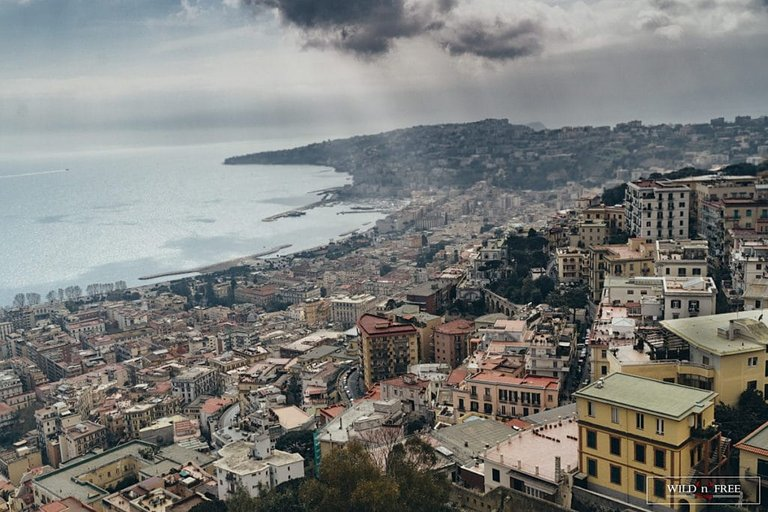
This city is dirty and full of homeless people: a lot of them allegedly emigrated from Africa. I've read that the mafia has a major influence in the town and that here their laws apply. Holes made by bullets in a shop window or in an entrance door are not a rare sight. Just like security or police located close to ATM machines to make sure that your money withdrawal really stays yours. But what I miss the most is that there is no greenery. I haven't seen a single green park where I could go jogging. Every now and then I ask myself: “Where am I wandering?” I’ve surprised myself because I’m not locked in an apartment, all scared and hiding under the blanket. Well, even though nothing happened to me, it's still a horrible feeling. When panic hits me, I just look at Ian. His calmness instantly affects me. We decided to visit a nearby castle, so I could see a nicer side of this city. A view from the top of the castle opened up widely. Silently, I watched this big city and the majestic Mount Vesuvius in the background. He explained to me that Vesuvius is still alive and an eruption considered a threat. That made me think about the connection Naples-Vesuvius and I can say that the city radiates the energy of the volcano. Here, the people live in uncertainty. They don't know if evacuation will happen in their lifetime, or it will be a part of the next generation. It may also never happen. No one knows. Volcano aside, each one of us has an uncertain future: what matters is how you handle the present. What if someone went on a journey and lost everything due to the eruption? How would he accept this fate and the hint of the gods? Would he become angry and devastated or would he realize that he is the lucky one because his life has been spared?
Exploring the streets has become great fun and I’ve got rid of the unjustified fear. What if we somehow influence bad things happening to us just by thinking about them? The best way to comfort my soul when I host my own pity party is a good dessert: it always has been and it always will be. Some things just don't change. There is nothing that a gourmet dessert can't fix. And here, I can choose from a wide variety of sweets. The streets are full of pastry shops: everything looks yummy and it's hard to decide which one to pick. However, what about the famous pizza?
We were wandering in a small street and looking for a good place, where you get that real Italian pizza. In some restaurants, you can see pictures of famous persons, who were eating there. However, our attention was drawn to a pizza place with a long waiting line. Well, if everybody’s waiting just to get some pizza, it must be good! And it really was. There, I ate the best pizza of my life. The crusty and soft dough, and, at the same time, just a few tasty fresh ingredients on the top. Oh, the place was called Gino Sorbillo. Newt time I will tell you more about this yummy pizza.
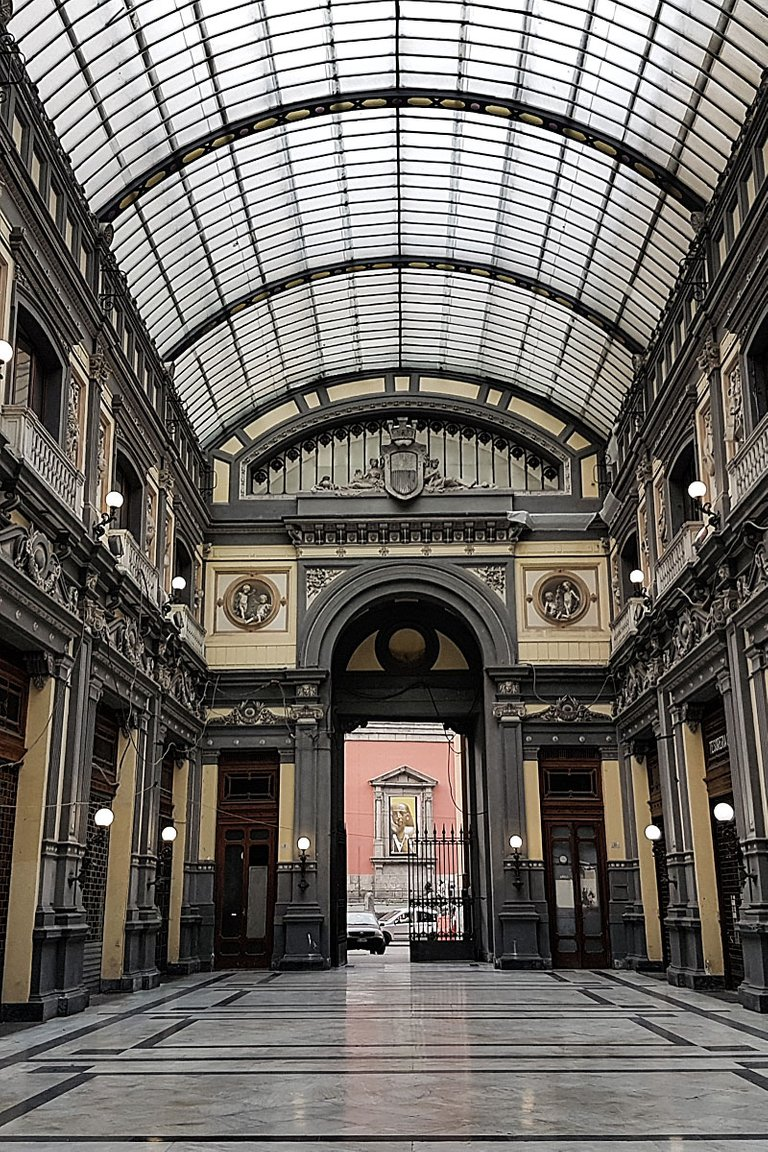
The biggest question is, would I return to Naples? Yes, a million times. I know how our imagination is playing with us and probably some Mafia-influenced movies left something on us as well but I wanna see more and taste it more in detail. Next time we will dive deeper into Napoli flavors and try to know more about the people who are nice, I bet.
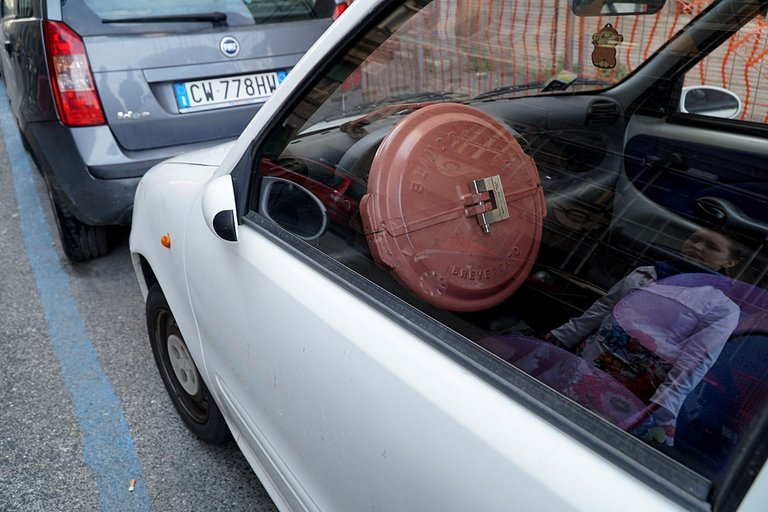
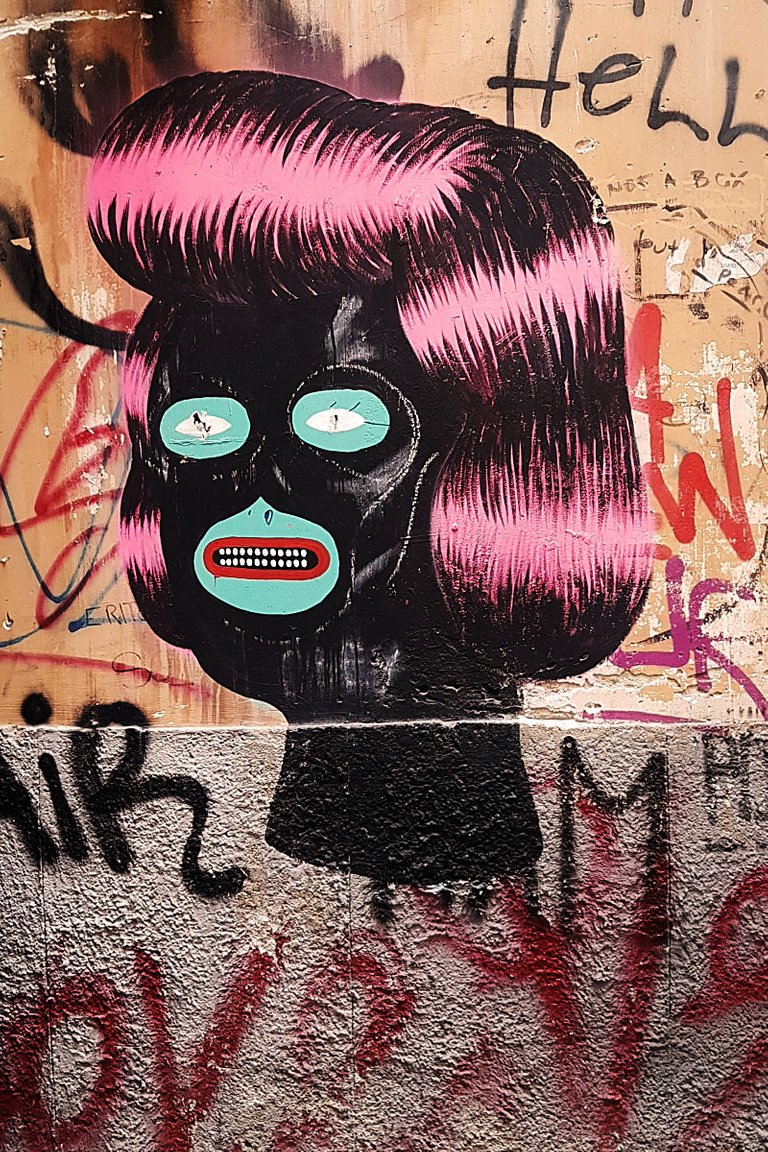

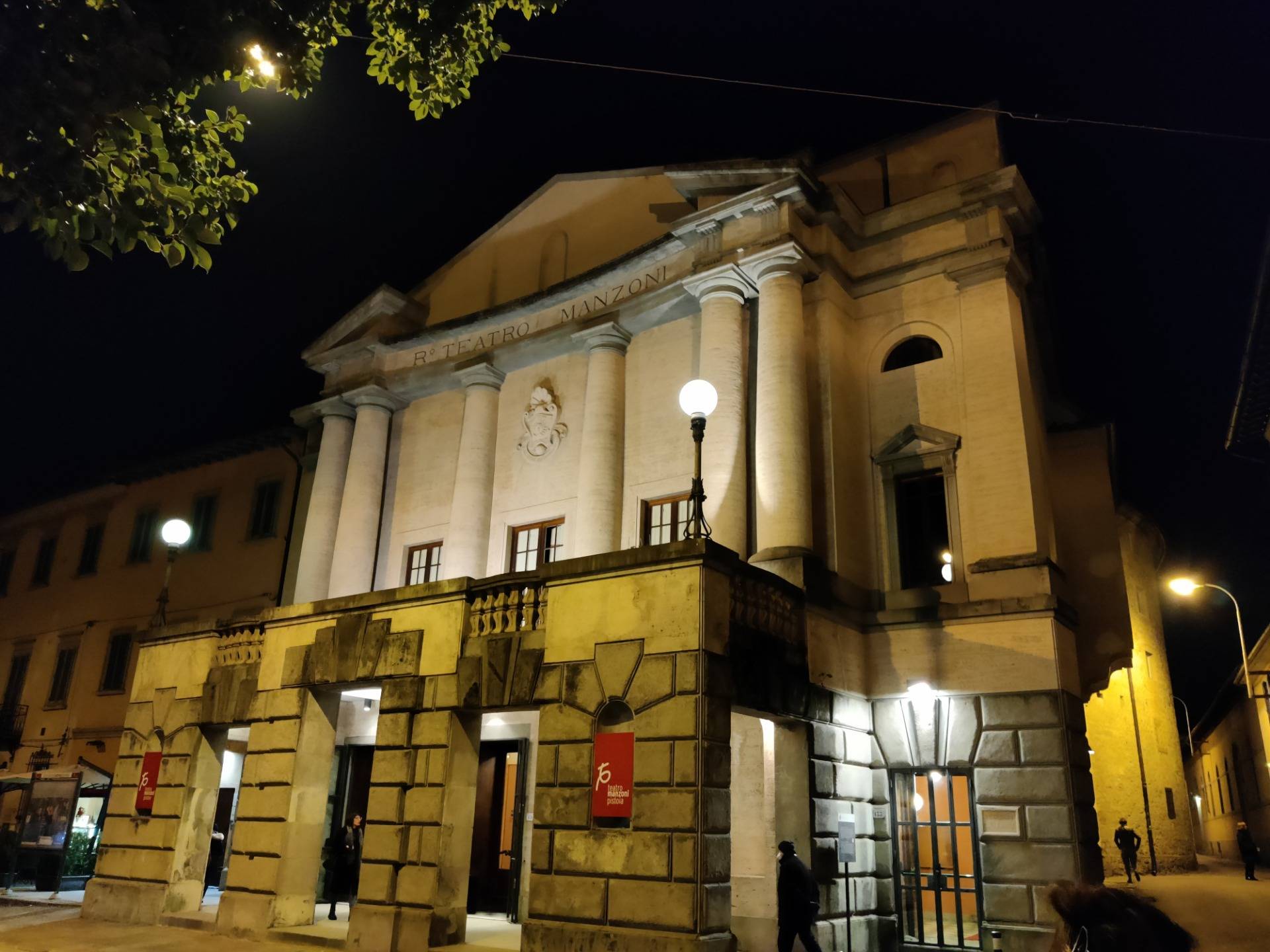
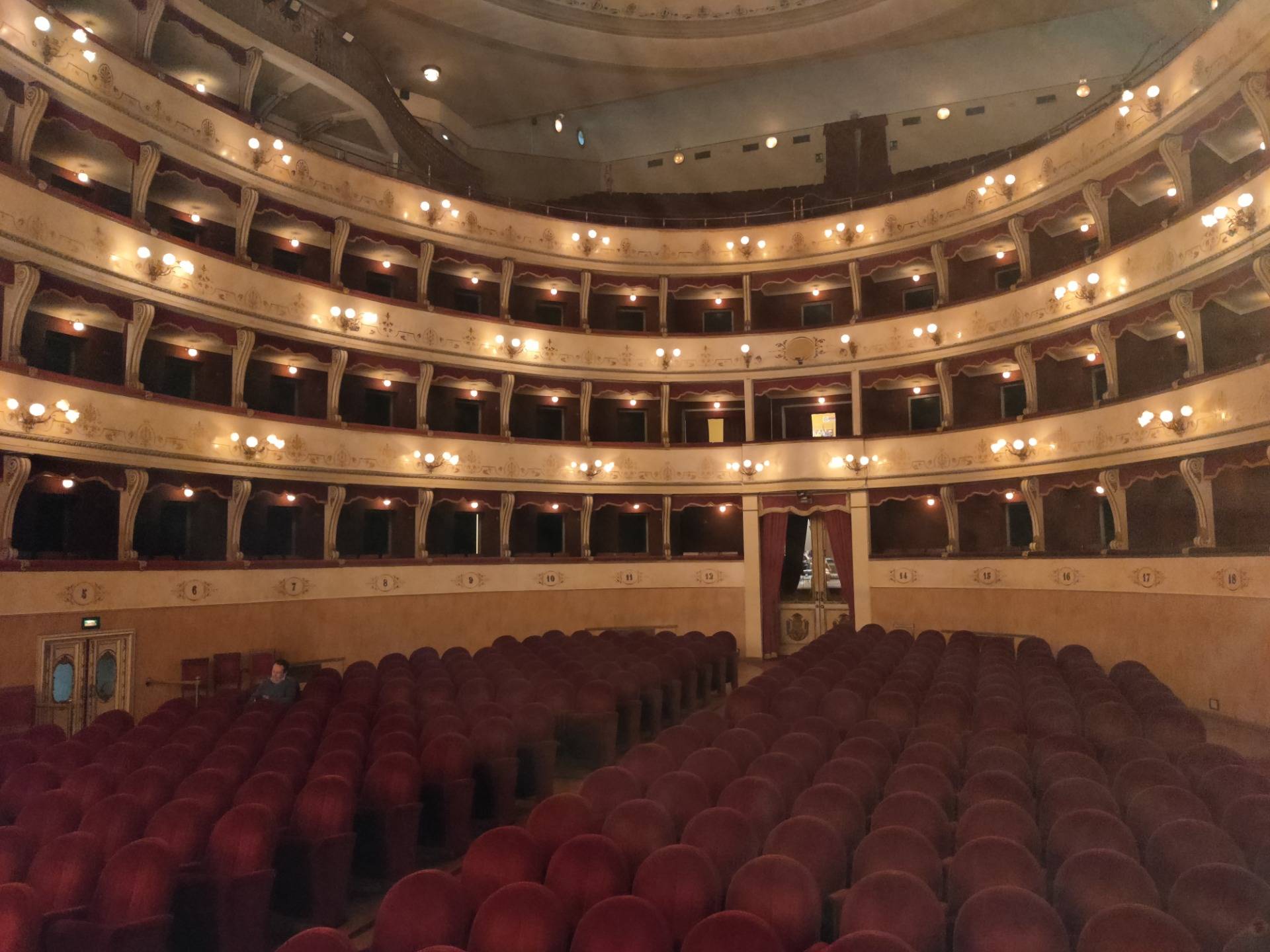
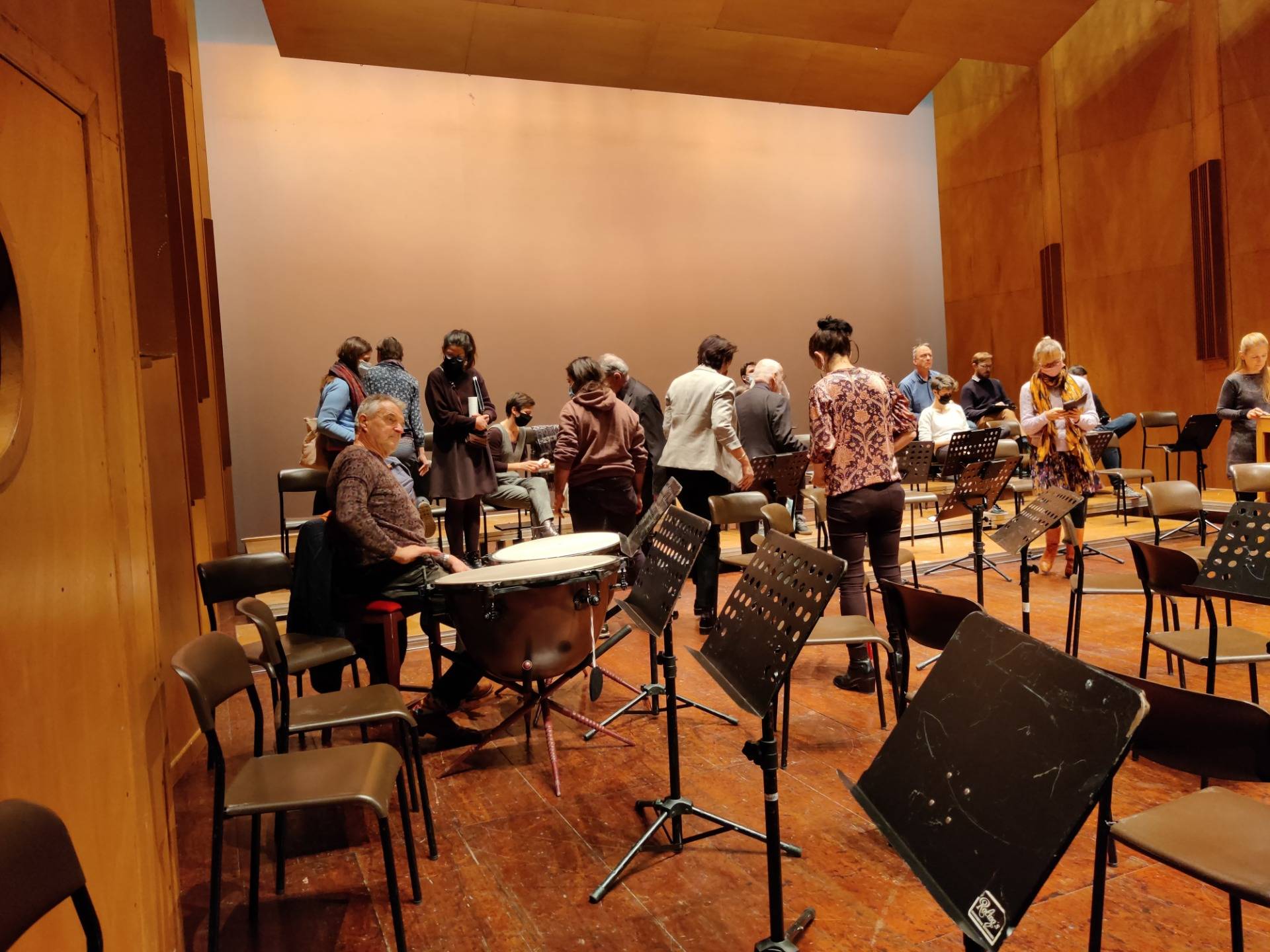

 entrance to the castleentrance to the castle
entrance to the castleentrance to the castle large entrance courtyardlarge entrance courtyard
large entrance courtyardlarge entrance courtyard
 drains lead to the panoramic terracedrains lead to the panoramic terrace
drains lead to the panoramic terracedrains lead to the panoramic terrace panoramic terracepanoramic terrace
panoramic terracepanoramic terrace
 Keep towerKeep tower
Keep towerKeep tower





 Romeo’s castleRomeo's castle
Romeo’s castleRomeo's castle entrance to the restaurantentrance to the restaurant
entrance to the restaurantentrance to the restaurant courtyard
courtyard

 staircase leading to the keep tower
staircase leading to the keep tower keep tower
keep tower




 The views from this camping are amazing!
The views from this camping are amazing! My home in Toblach for just 14 EURO shower included
My home in Toblach for just 14 EURO shower included  Capucino 2.3 EUR + apfelstrudel 4.5 EUR
Capucino 2.3 EUR + apfelstrudel 4.5 EUR Day 7 planning
Day 7 planning Camping Olympia was great
Camping Olympia was great Mini market on site
Mini market on site Clean bathroom and showers
Clean bathroom and showers Is that a dishwasher? I need one of these back home :) badly
Is that a dishwasher? I need one of these back home :) badly No excuse to stink while touring (4 EUR washing + 4 EUR drier)
No excuse to stink while touring (4 EUR washing + 4 EUR drier) Look at them, Dolomites are fantastic
Look at them, Dolomites are fantastic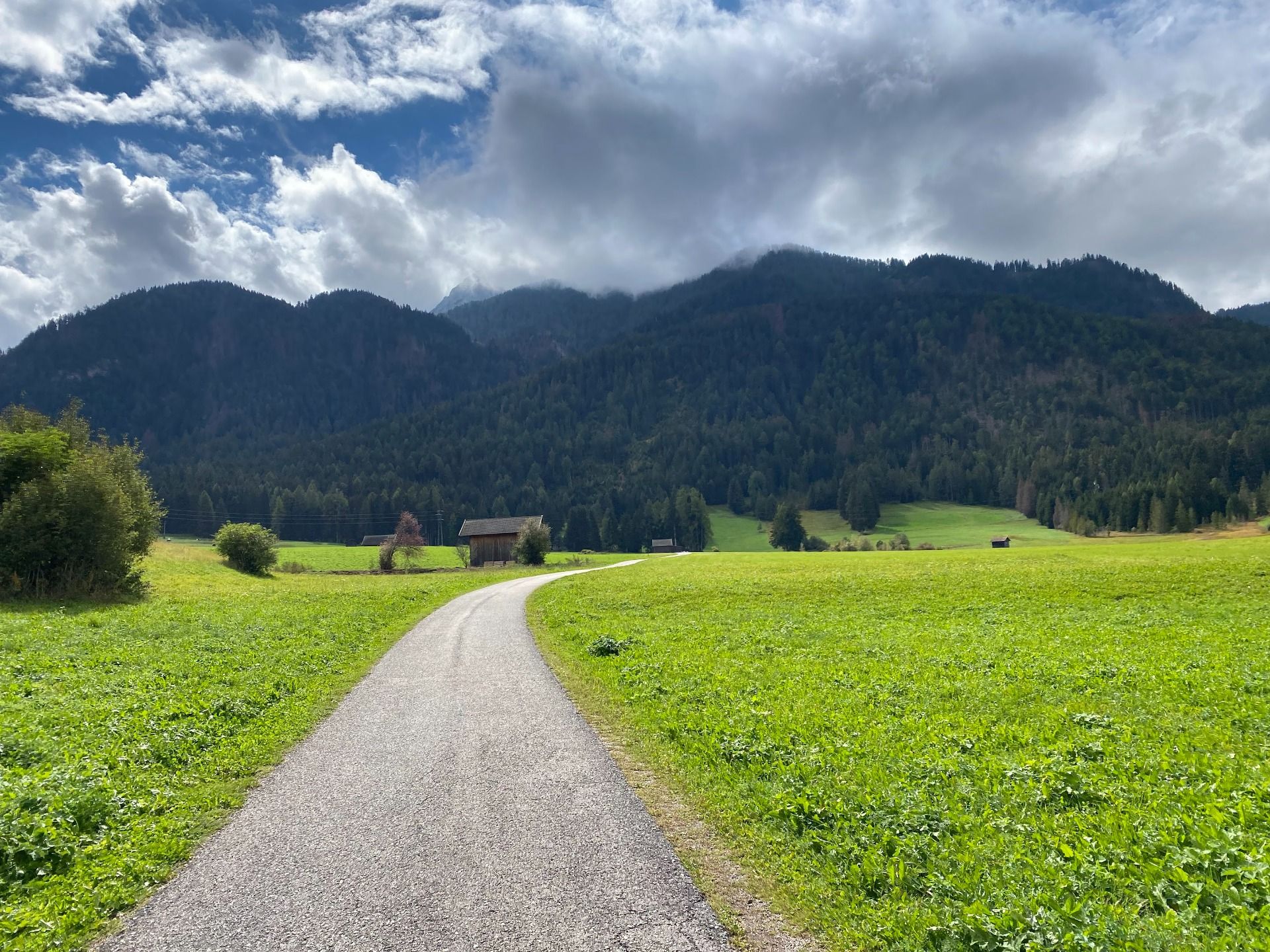
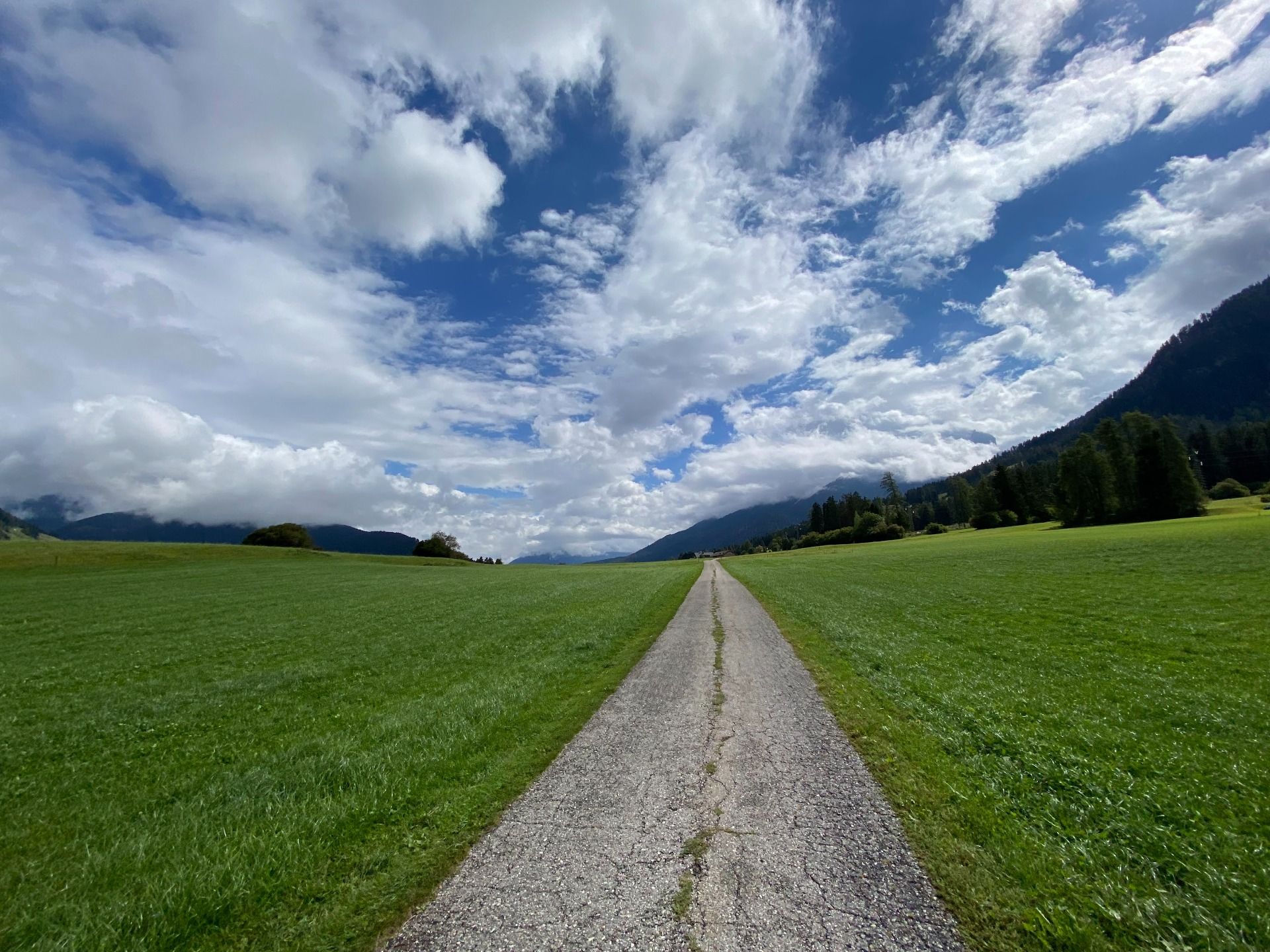
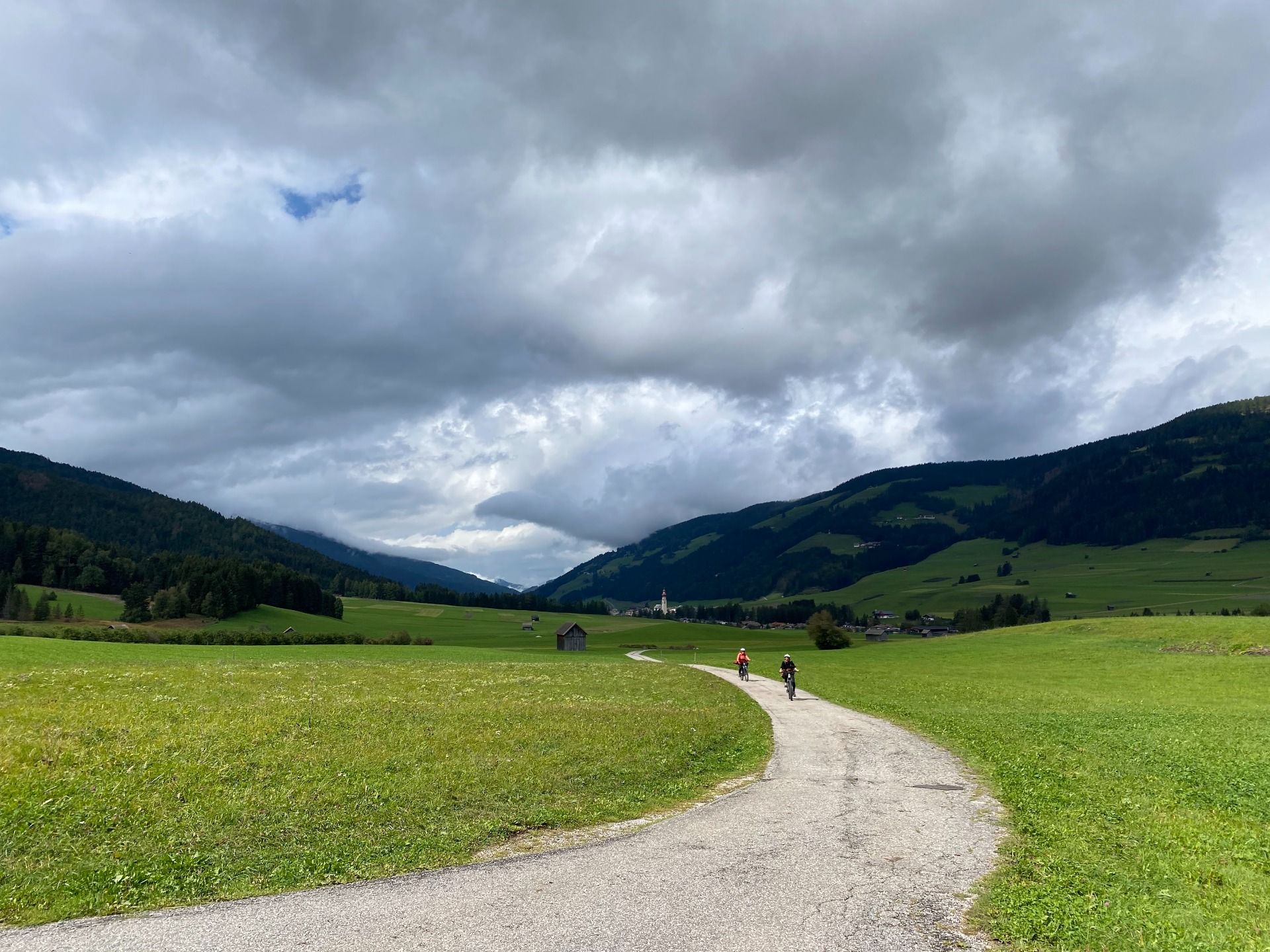
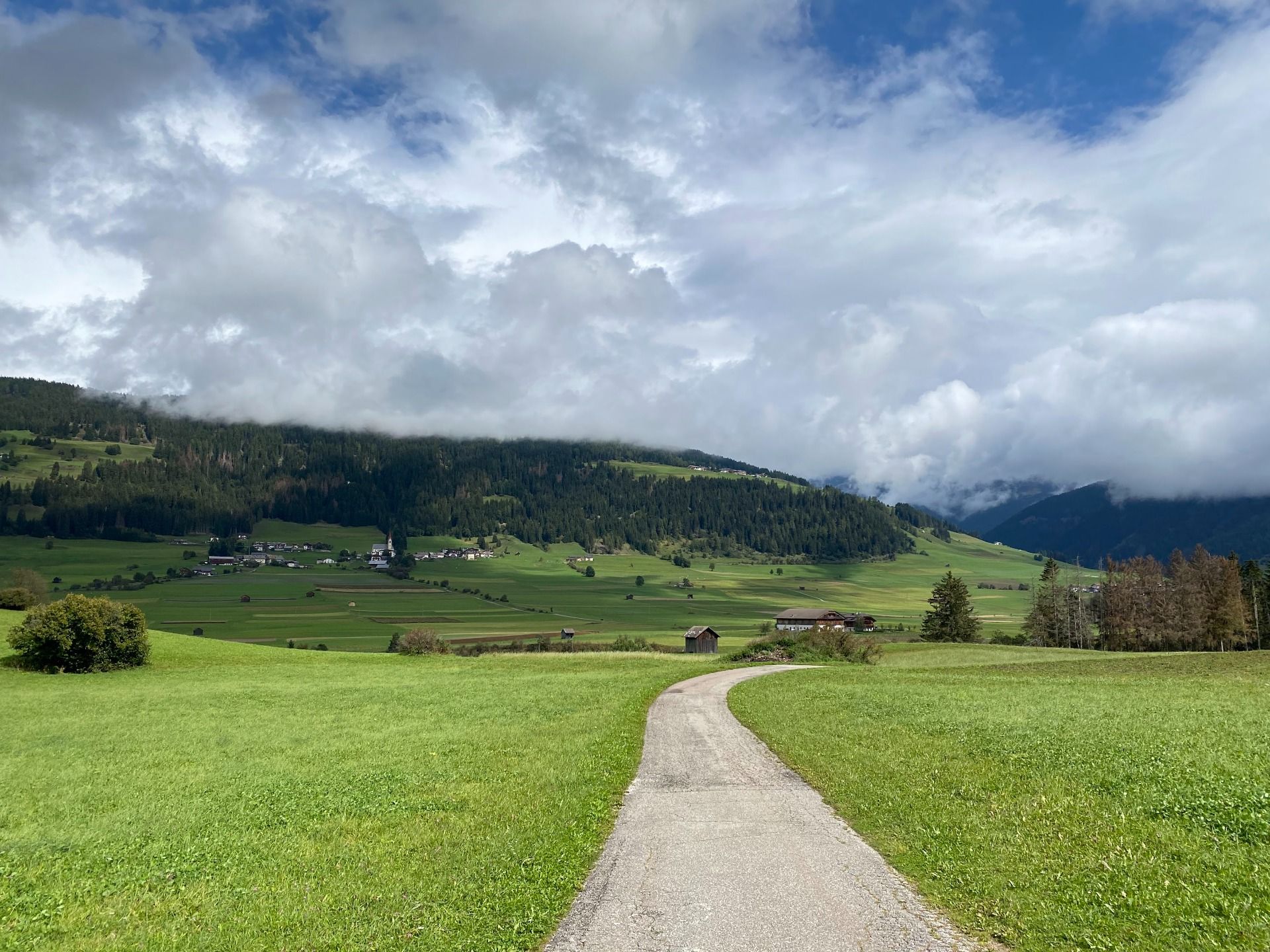
 Junction point properly signposted
Junction point properly signposted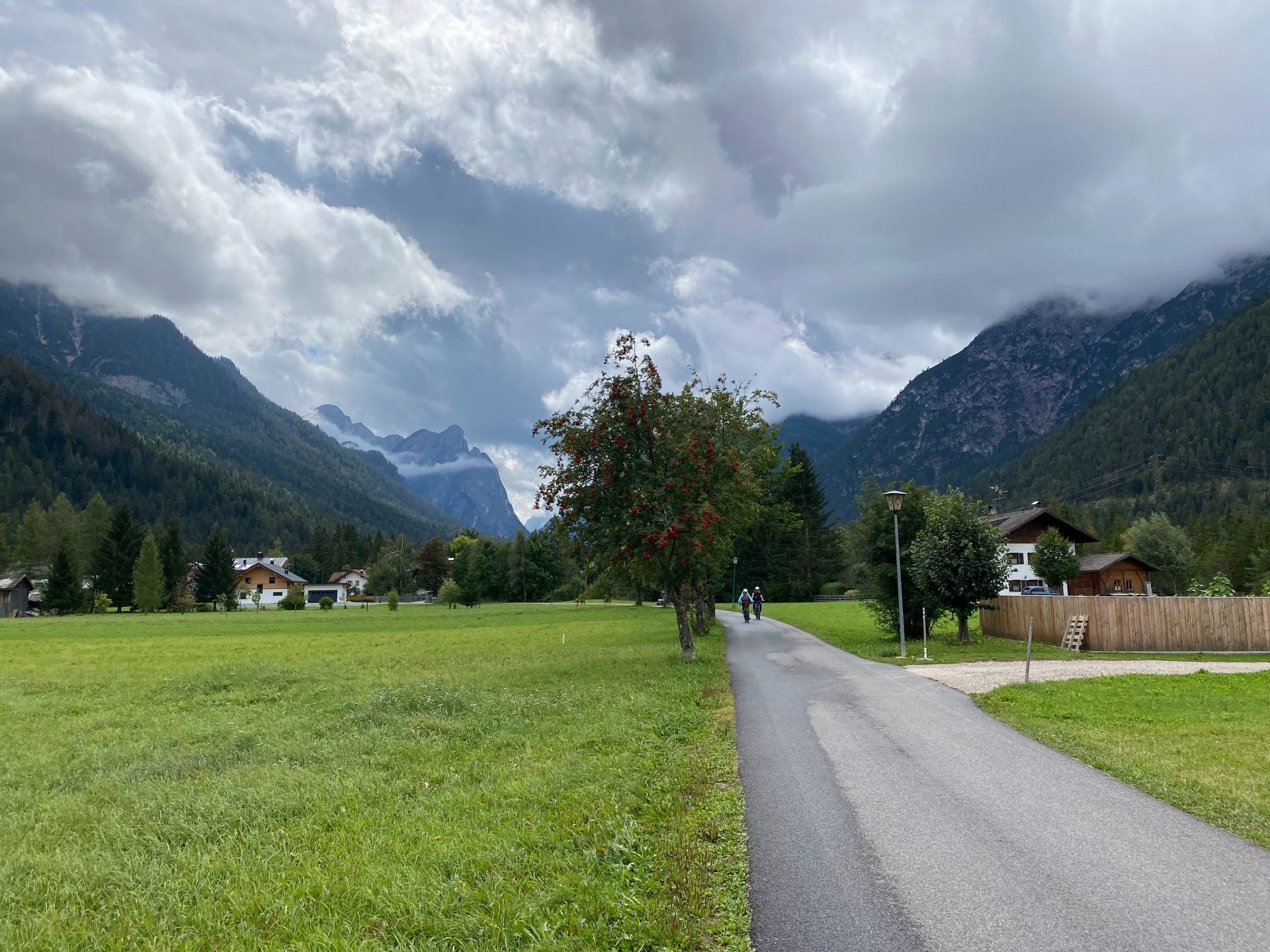
 Happy to discover Toblacher See with you, it's so beautiful up here
Happy to discover Toblacher See with you, it's so beautiful up here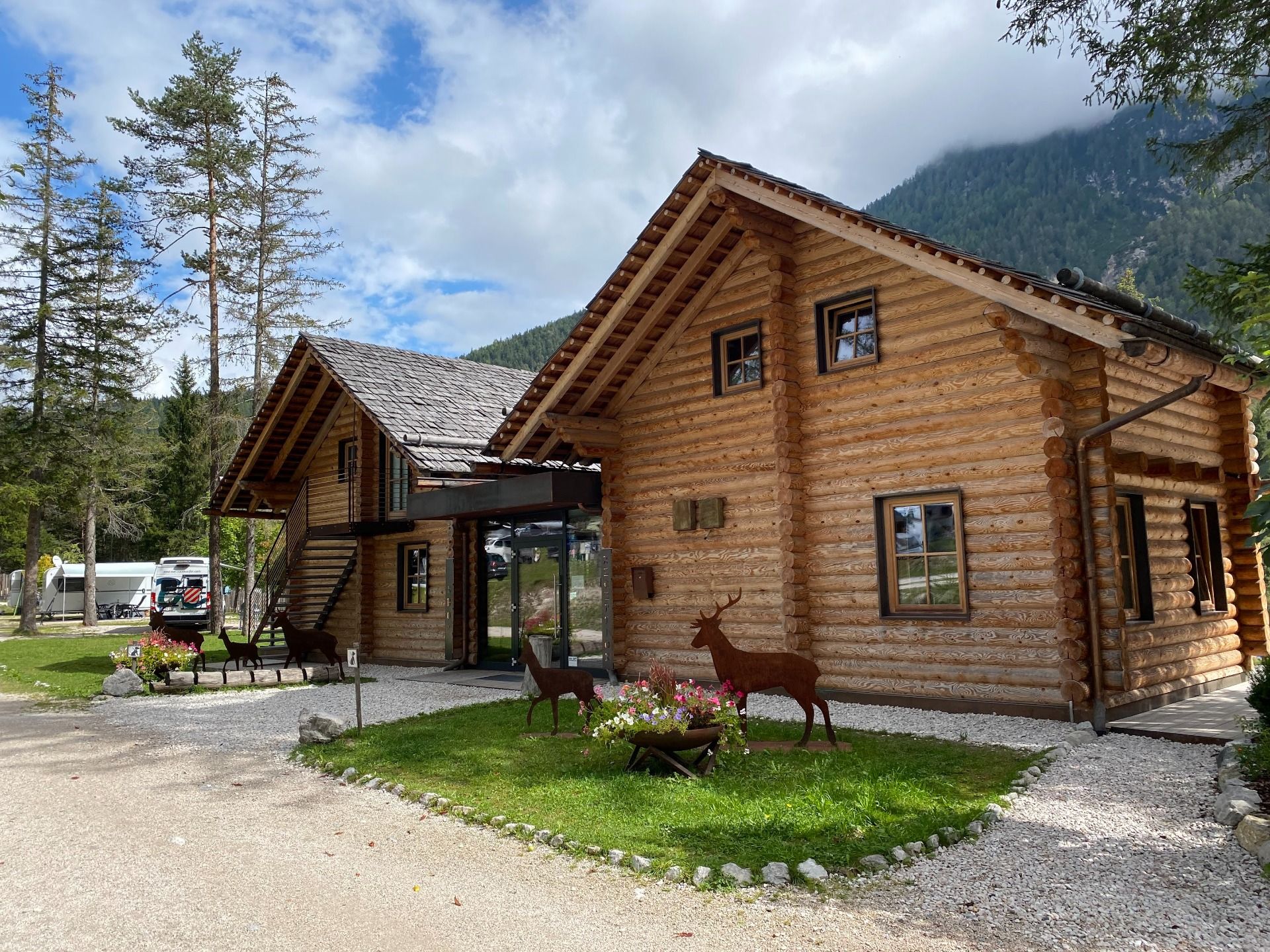
 Camping map
Camping map
 Set up camp quickly and went exploring this amazing place
Set up camp quickly and went exploring this amazing place The bathroom by the way
The bathroom by the way
 Pristine stream flowing to the lake
Pristine stream flowing to the lake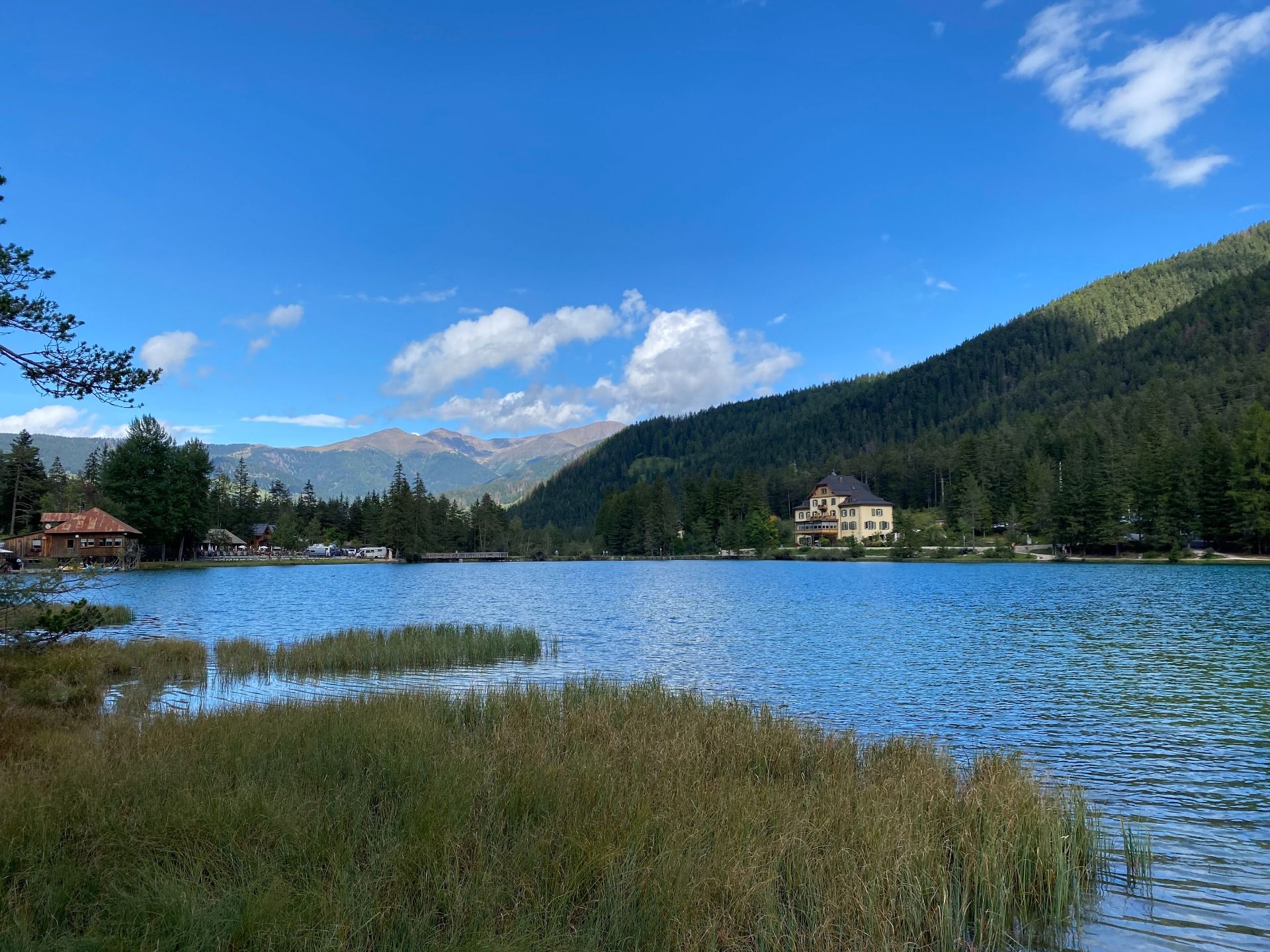
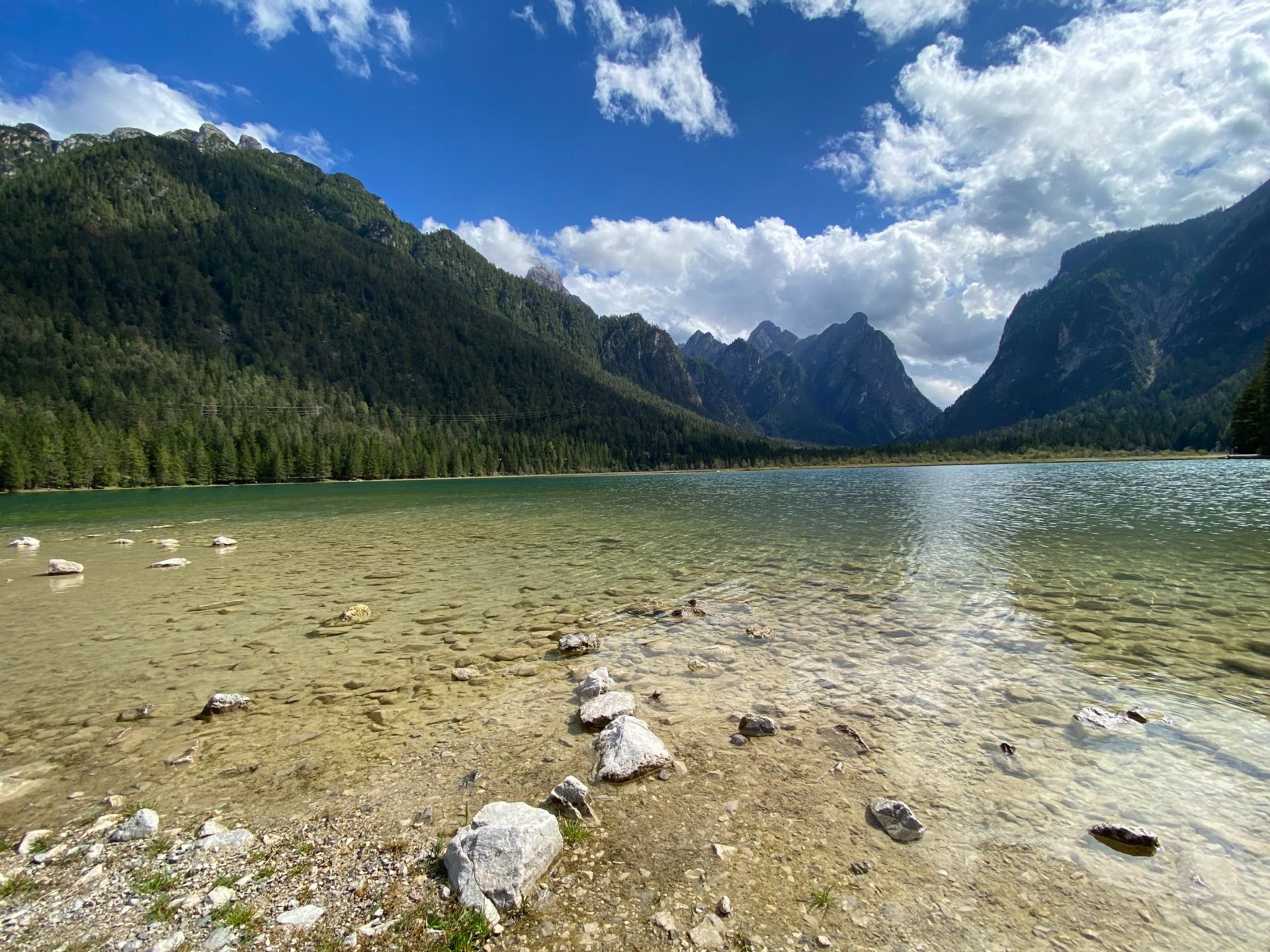
 Interesting to watch this trout fisherman
Interesting to watch this trout fisherman Dolomites...can just stare at them all day
Dolomites...can just stare at them all day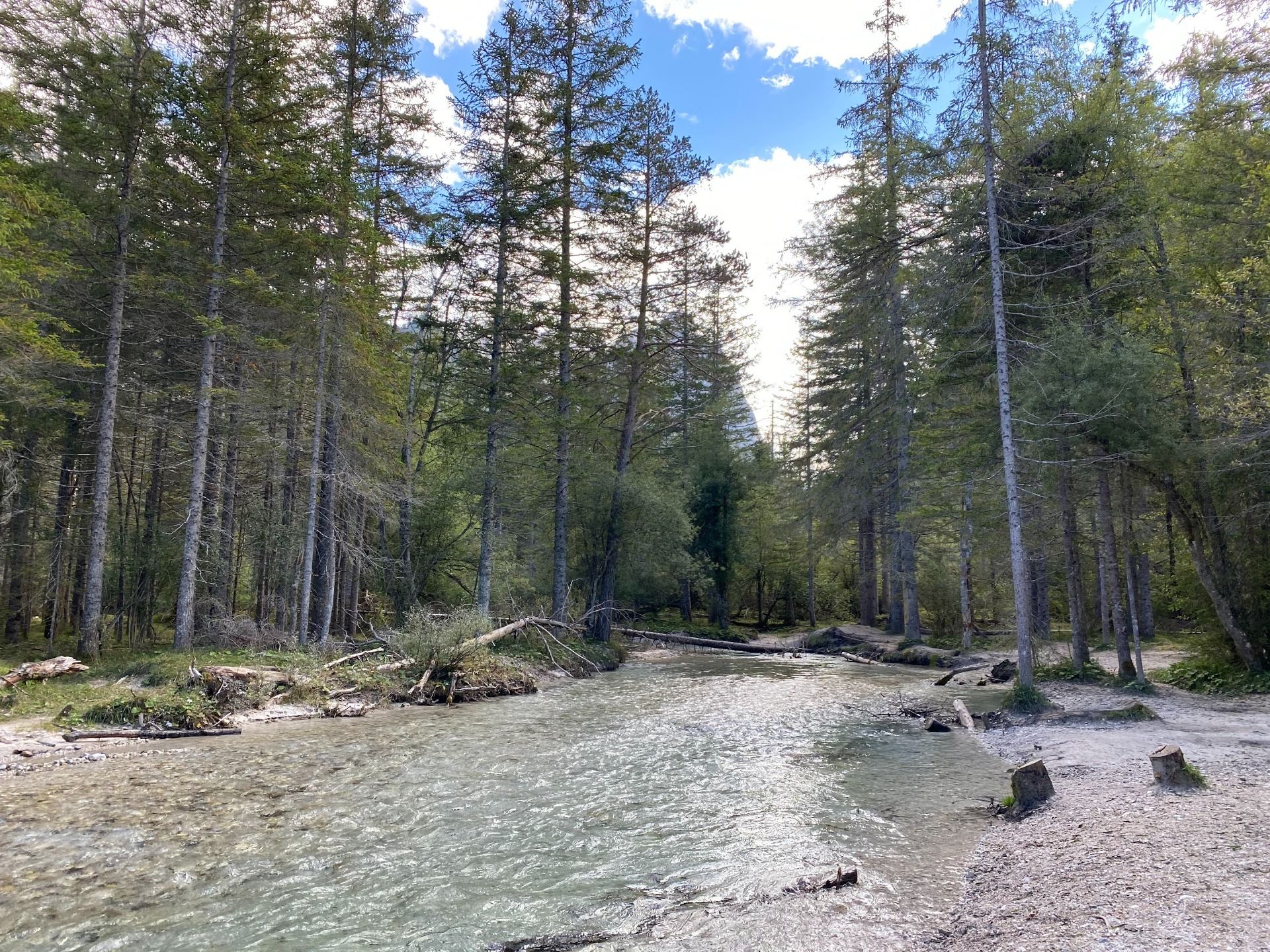
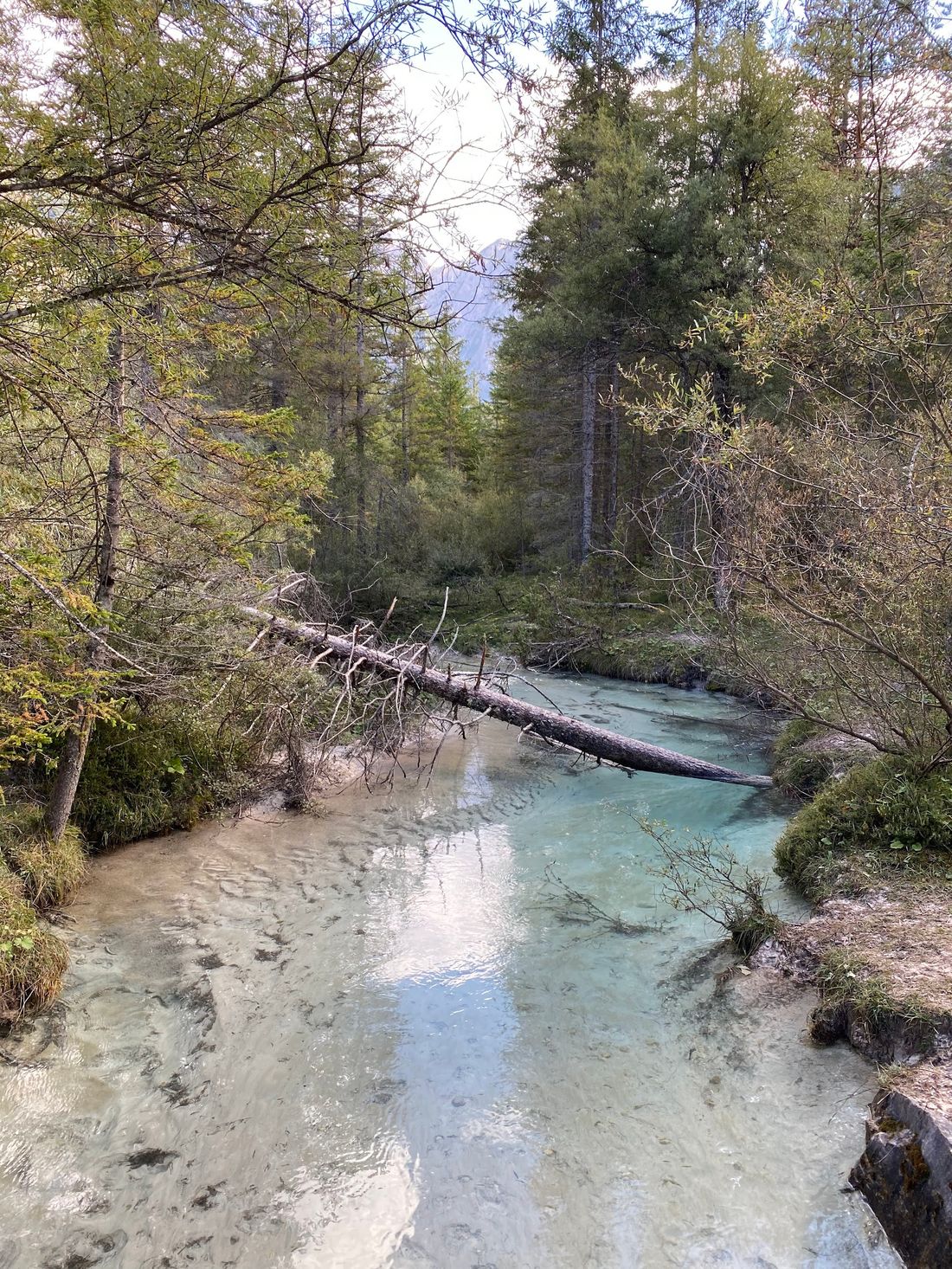
 A few happy cows
A few happy cows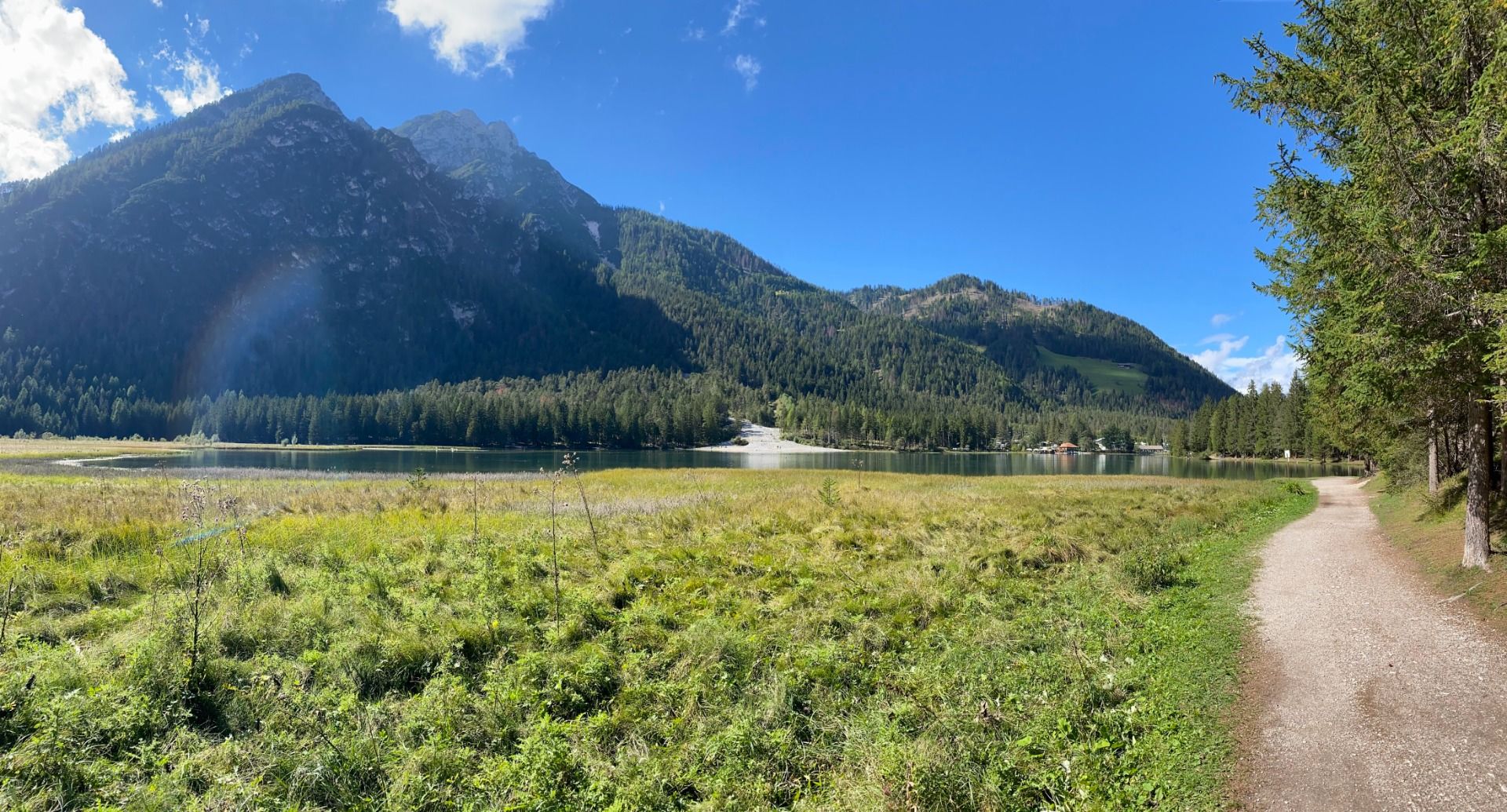
 Zen spot
Zen spot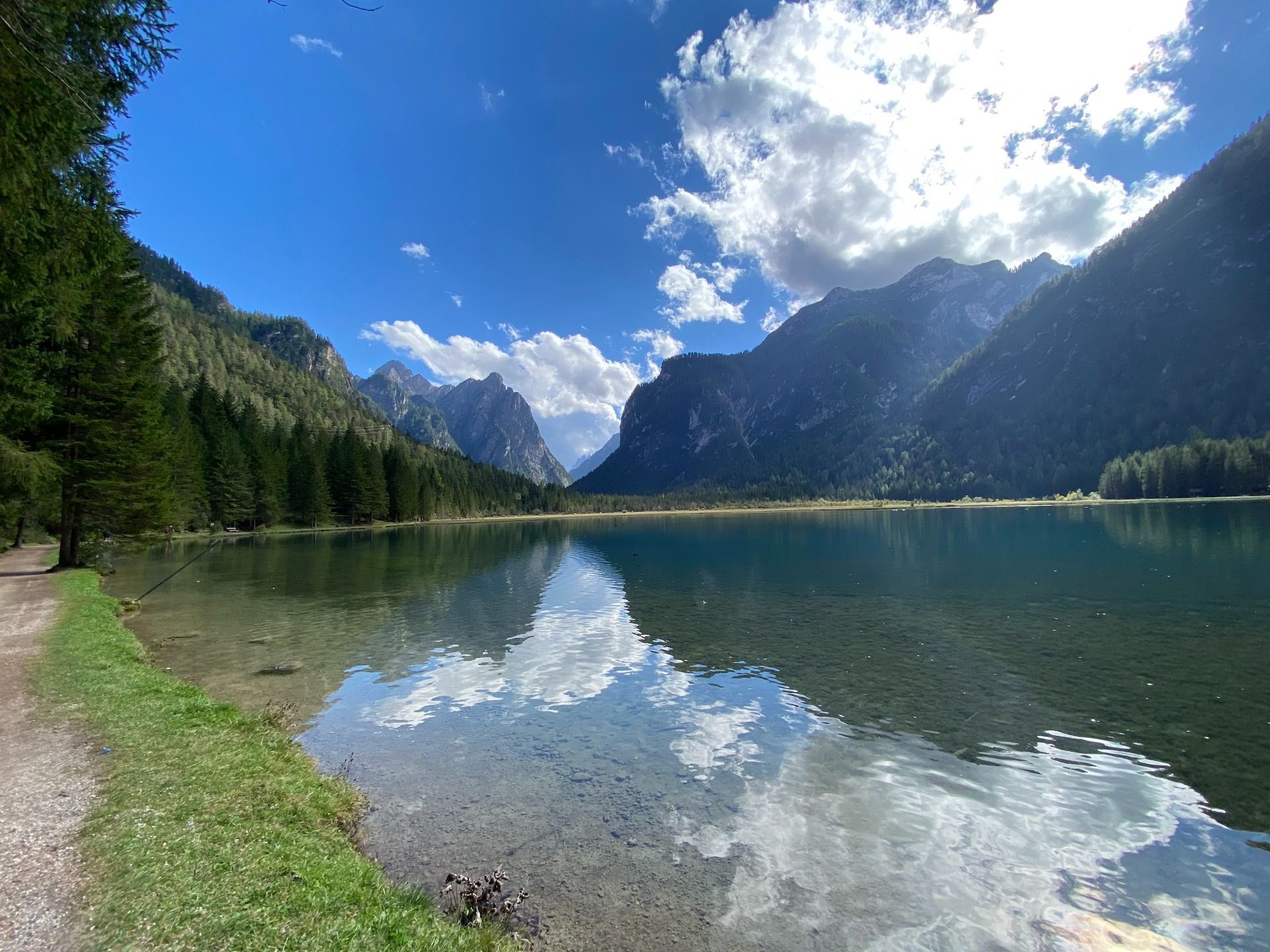
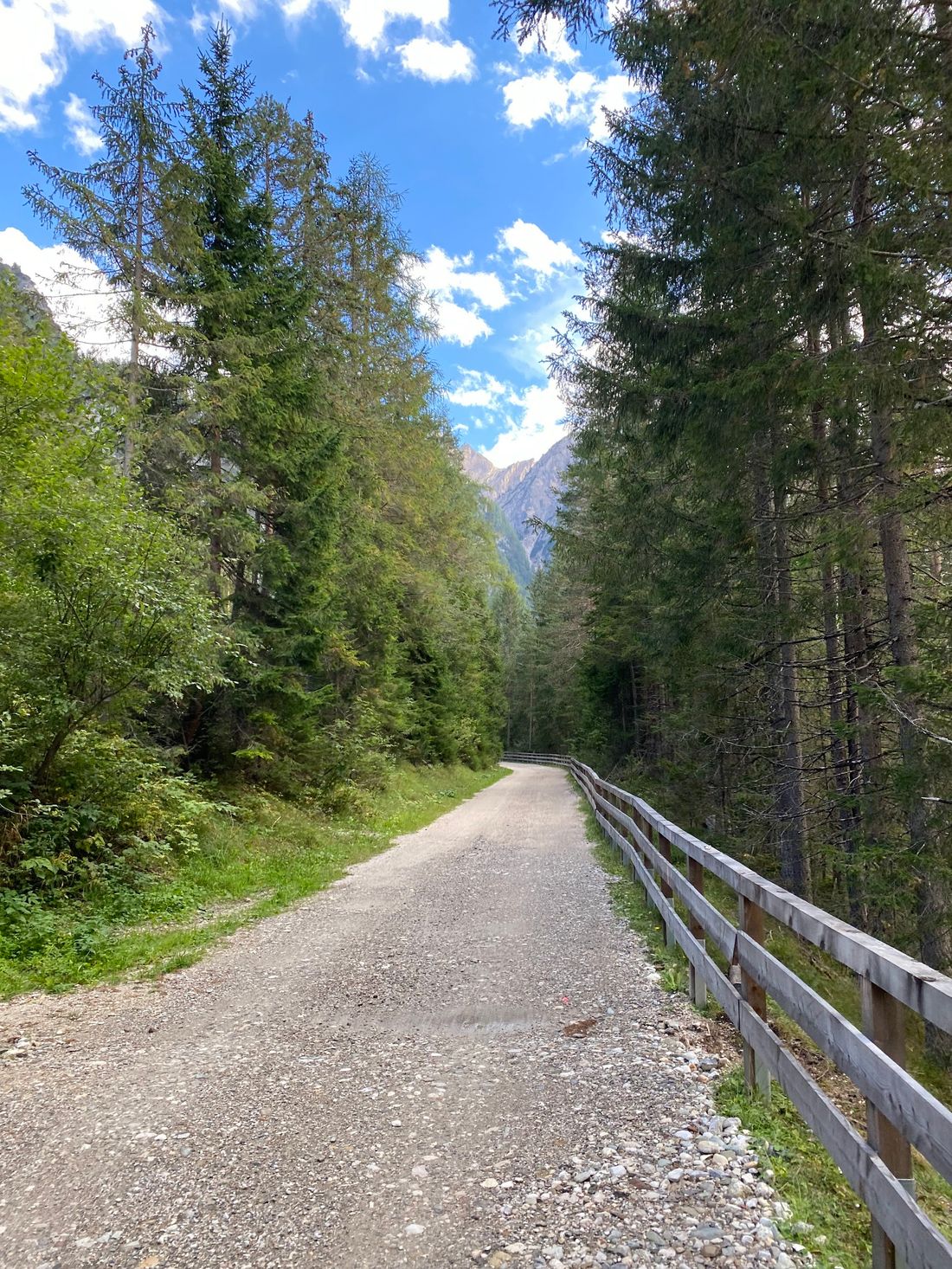
 No cruising speed today, just slow exploration and enjoyment
No cruising speed today, just slow exploration and enjoyment We are on Cortina d'Ampezzo bike route, let's go further
We are on Cortina d'Ampezzo bike route, let's go further OMG
OMG This is amazing!
This is amazing! Look at that!
Look at that! The monumental trio "The Three Peaks" 2857-2999-2973 m
The monumental trio "The Three Peaks" 2857-2999-2973 m Interesting history to read about on these panels
Interesting history to read about on these panels The once Dolomites Railway is what I'm riding my bike on today
The once Dolomites Railway is what I'm riding my bike on today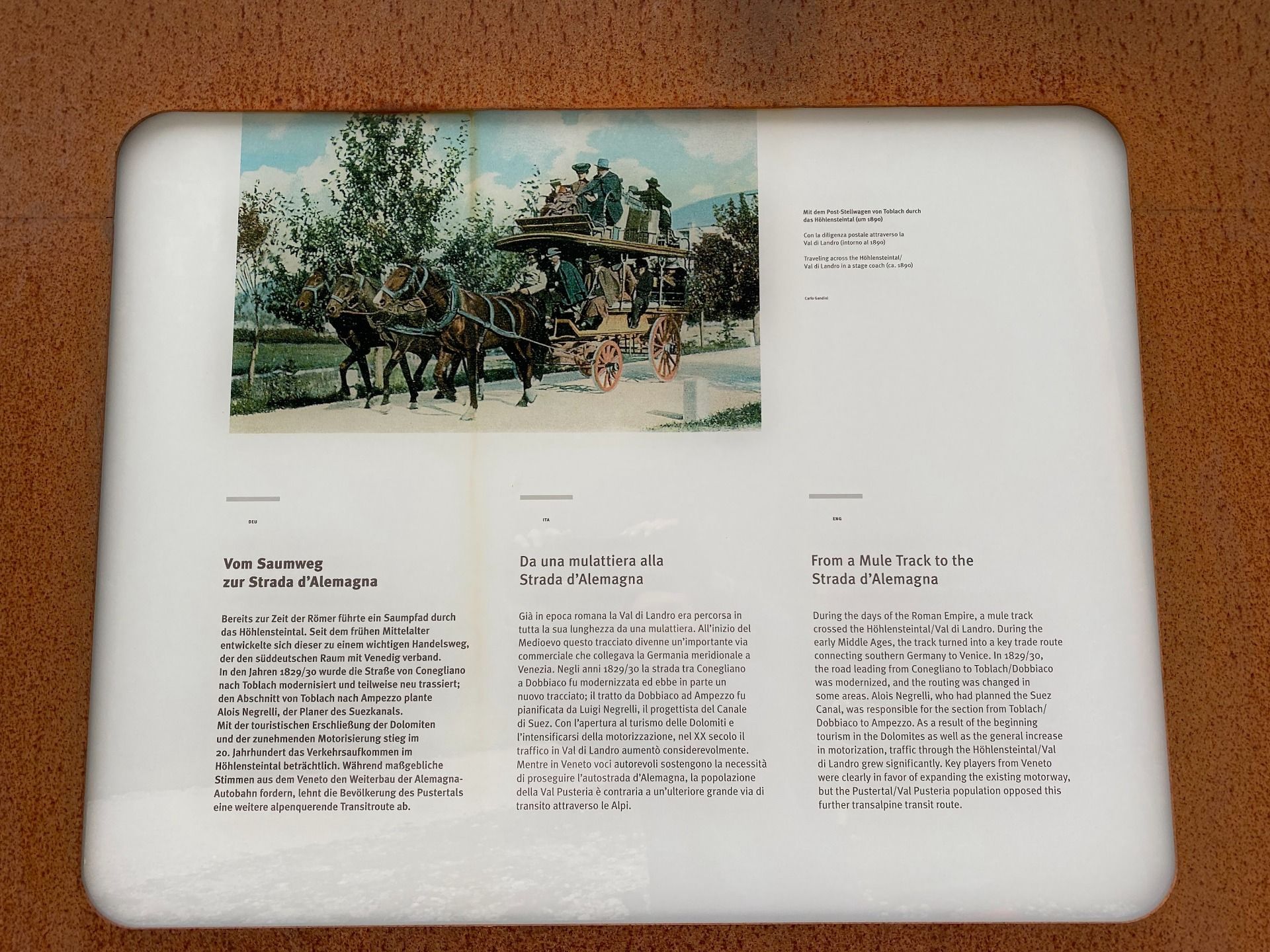
 Durrensee (Lago di Landro)
Durrensee (Lago di Landro) Same wheel different times
Same wheel different times Had this local tyrolean dish which was just perfect
Had this local tyrolean dish which was just perfect Got served a rainbow for desert :)
Got served a rainbow for desert :) Monte Cristallo (3,221 m)
Monte Cristallo (3,221 m)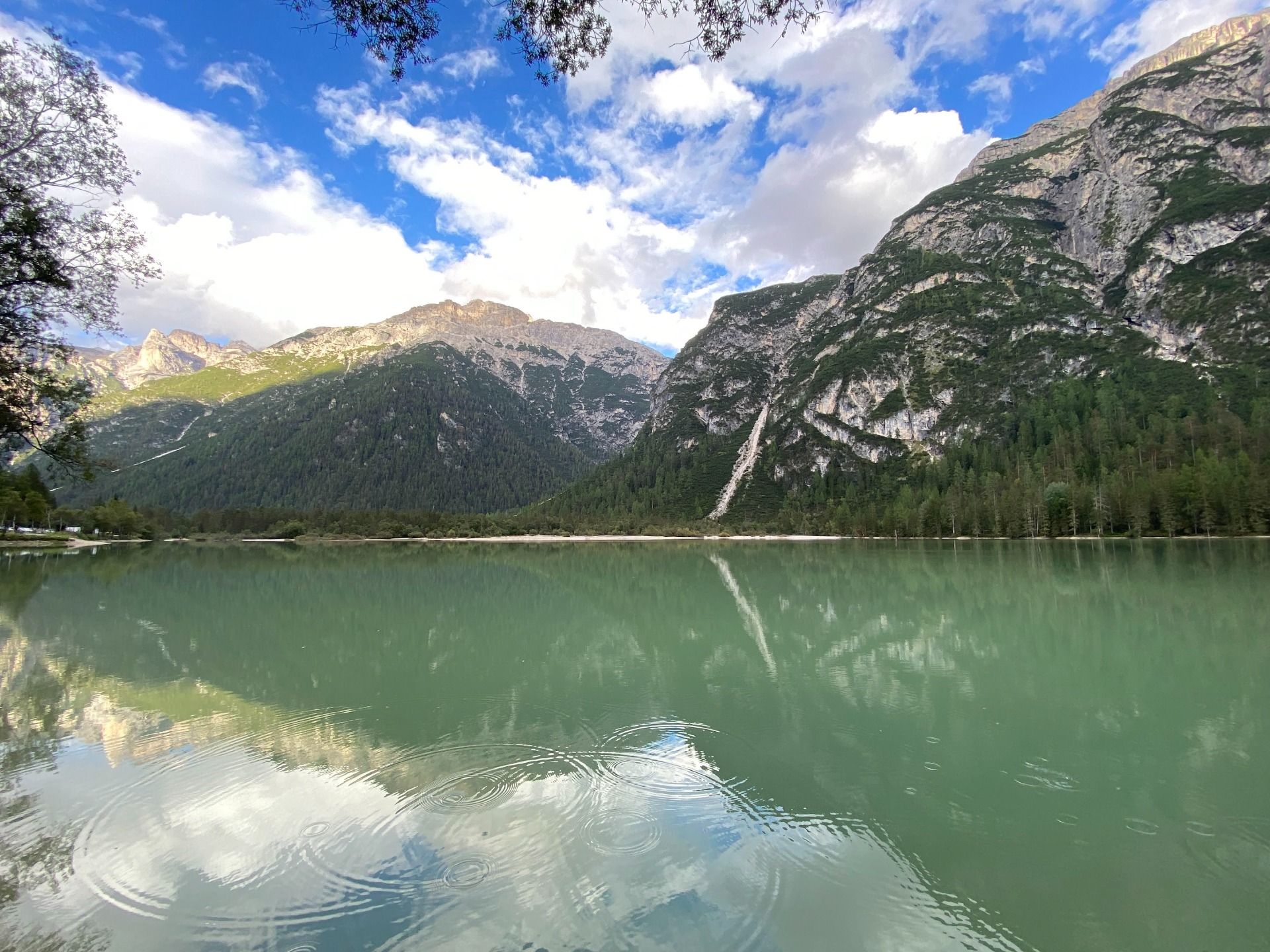
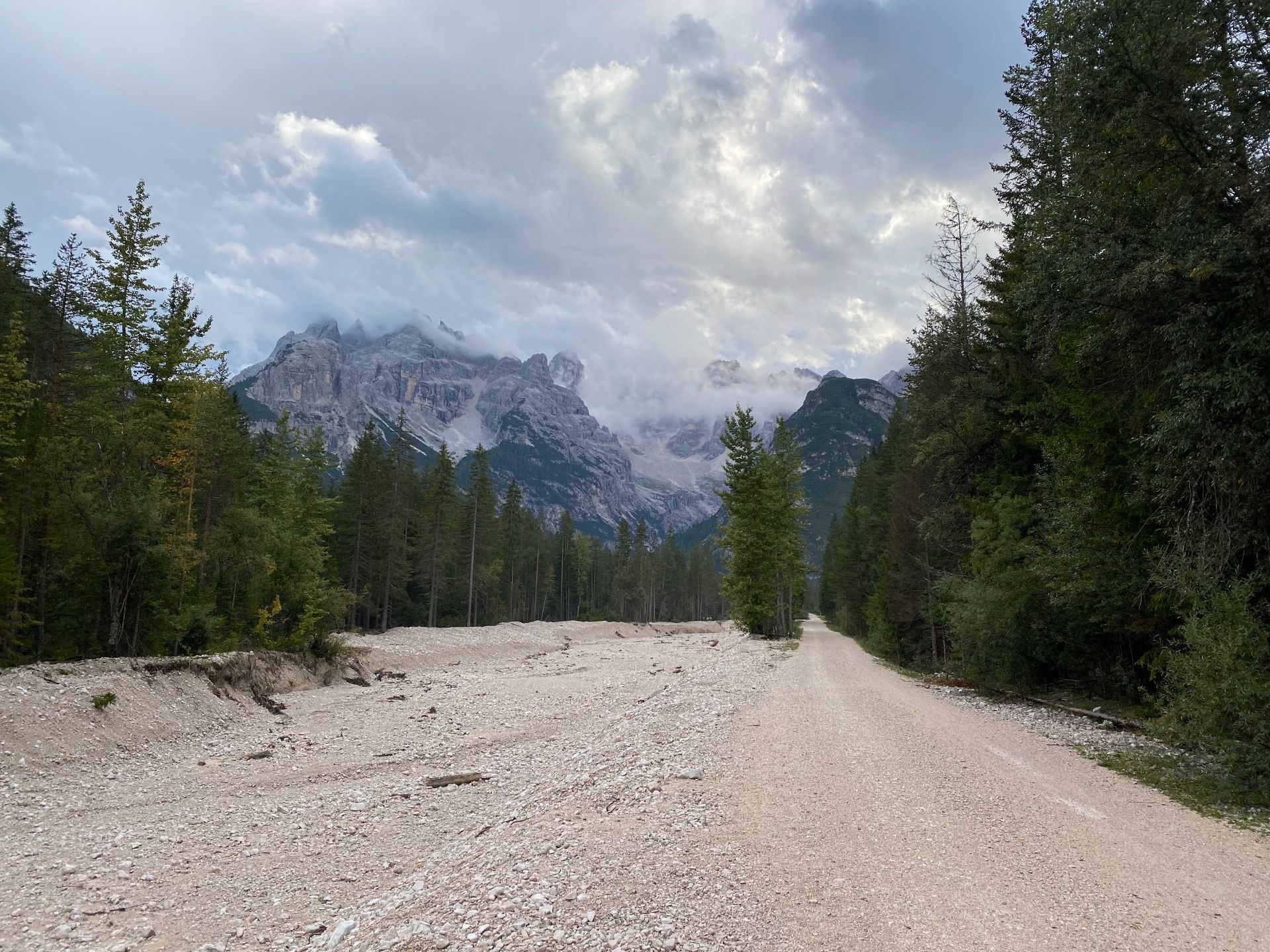


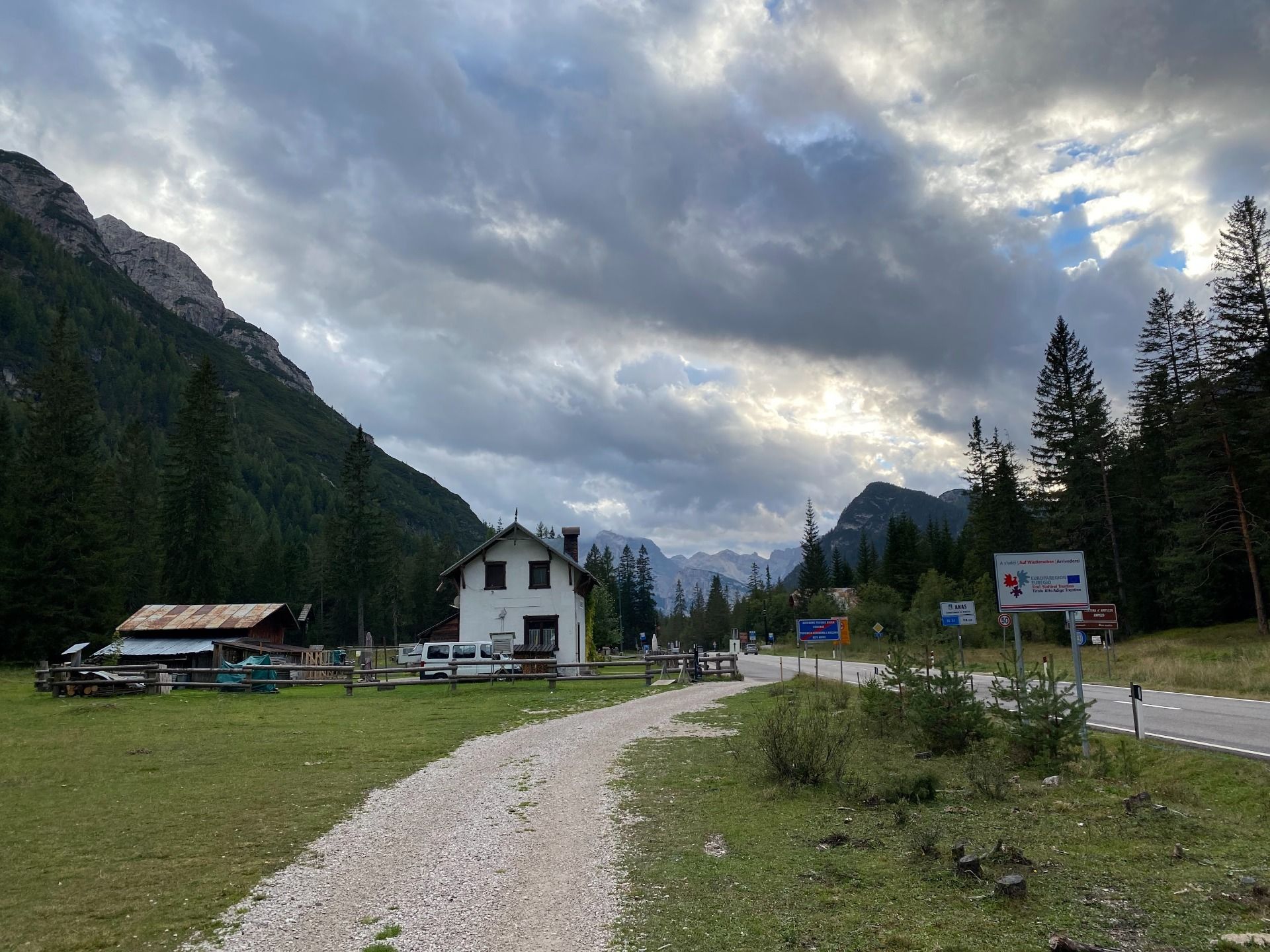
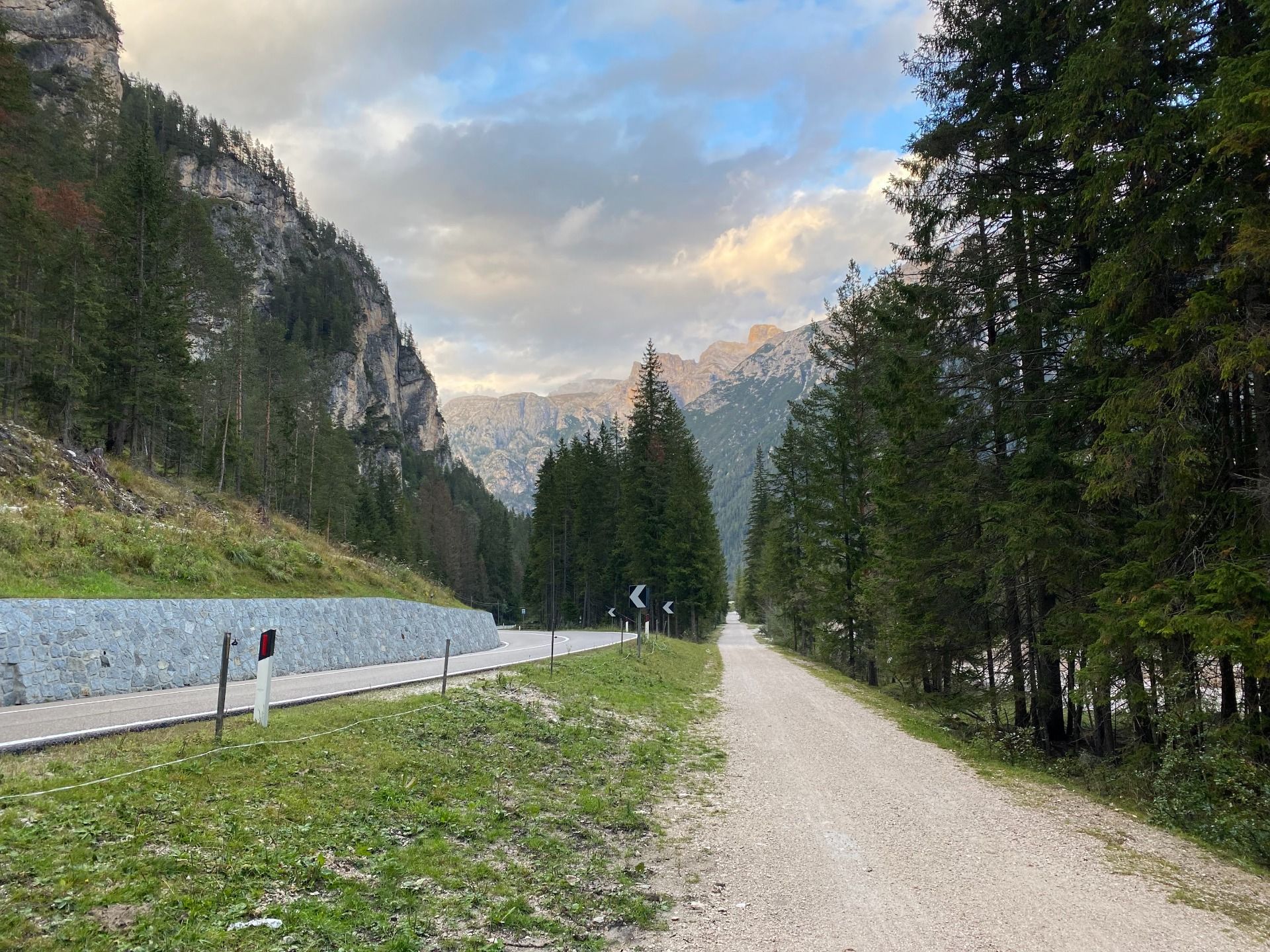
 Monte Cristallo in the evening light
Monte Cristallo in the evening light

 And back, just in time to catch the sunset over the Toblacher See
And back, just in time to catch the sunset over the Toblacher See D6 map
D6 map




